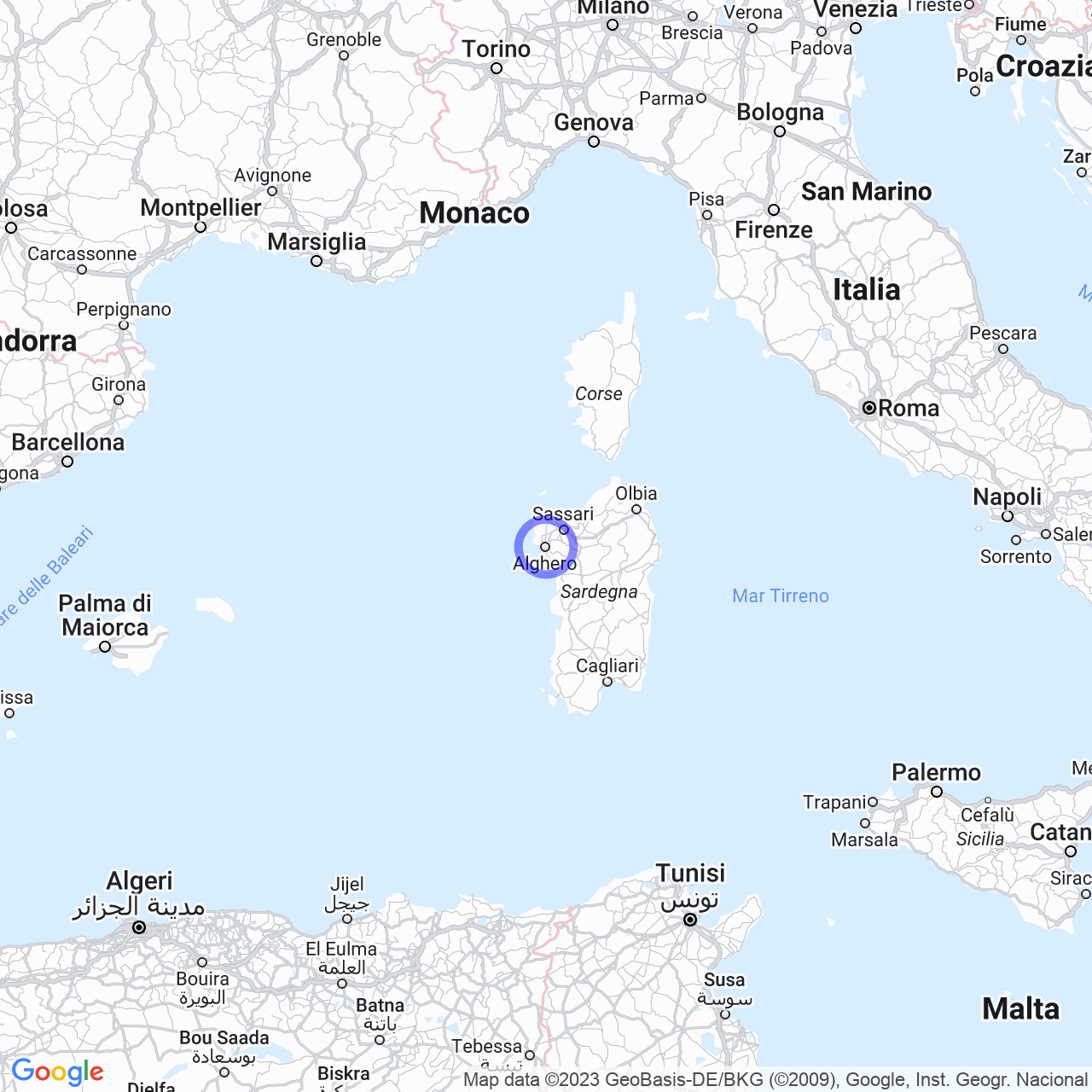Fertilia
Discovering the history of Fertilia
Fertilia is a fraction of the municipality of Alghero, located about 6 km away, with a population of about 966 inhabitants. The history of the area begins at the end of the 19th century when the prisoners of the Alghero prison and the penal colony of Cuguttu began the reclamation of the coastal lagoon of Calich, an area previously swampy. In 1927, the Calik Village was built according to the project of Pier Luigi Carloni.
On March 8, 1936, the village of Fertilia was officially founded with the laying of the cornerstone of the parish church by the Ferrarese Colonization Authority, established to respond to the excess population of the Province of Ferrara. However, the Second World War almost completely paralyzed the colonization work, and most of the buildings remained unused. During the conflict, Fertilia was used as a concentration camp for Slavs, mainly Croats.
After the end of the war, it was the exodus from Julian Dalmatia that populated the village, creating a microcosm similar to the Catalan-speaking community of Alghero. Fertilia inherited the Venetian tradition of the newcomers, and the village was dedicated to St. Mark, whose symbol, a winged lion, can be admired in a statue at the center of the belvedere. The streets and squares recall historical places and events of Veneto and Venezia Giulia.
Attractions in Fertilia
Fertilia stands out in a sober style typical of fascism, and everything is built with pink trachyte, reminiscent of the constructions of other Italian foundation cities such as Carbonia and Arborea. The village was created on the model of the garden city of Ebenezer Howard and preserves the traits of Italian rationalism.
The church of San Marco is the main place of worship in Fertilia. Initially dedicated to the Sacred Heart, it was associated with Mark the Evangelist with the arrival of Venetian colonists. Designed by the architect Arturo Miraglia, construction began on March 26, 1936. The gable facade is interrupted by a deep arch that encloses the entrance with a large glass window. In 1957, the 22-meter-high bell tower was added, reminiscent of the bell tower of St. Mark's Basilica in Venice.
Inside the church, you will find the mosaic on the high altar of the Risen Jesus with angels that was commissioned in 1939 and executed by the Sardinian painter Giuseppe Biasi, one of the most important on the island. The four evangelists present in the presbytery arch are the youthful work of Sergio Zidda.

Conclusions
Fertilia is a village that preserves its own history and traditions. Known for its pink trachyte and the church of San Marco, the village was founded with the aim of responding to social tensions and demographic imbalances. Despite the paralysis during the Second World War, Fertilia has become a populated village with an architecture that is sober and typical of fascism. The church of San Marco continues to be the center of Fertilia and, through its mosaics and works of art, tells the story and traditions of the village.
